Freeze-Fryed in Florida
 Sunday, June 9, 2013 at 3:58PM
Sunday, June 9, 2013 at 3:58PM  © All rights reserved by Orlando Sentinel photography
© All rights reserved by Orlando Sentinel photography
Looking at three days of court proceedings, point and counterpoint arguments could be interpolated in terms of physics, introducing similarities and differences between matter and antimatter, in particular, matter/antimatter asymmetry, where matter particles share the same mass as their antimatter counterparts; although the electric charges are opposite, and matter dominates antimatter by the billions, thus, creating a lack of harmonious balance and arrangement.
Did you understand that? I didn’t think so, and I’m not going to go in that direction or off on any sort of tangent. Nope, no circumlocution. Well, I could, but let’s stick to the matter at hand and discuss the law instead of the testimony we heard from State and Defense “expert” witnesses. We could discuss them until our brains are fried, or we might just wait until the Frye hearing continues…
A Frye Hearing
A Frye hearing, also called the Frye standard, is a special type of motion in limine filed prior to or during a trial. Defense or State experts from fields of forensics explain their findings in court and the opposing side issues counterpoints from their own experts, stating that the reasoning behind the testing and rationale is pure junk. In other words, it’s not commonly accepted in the scientific community; therefore, it shouldn’t be admitted into evidence. The testimony should be disallowed because the testing information isn’t really based on true scientific principles. Indeed, it can be controversial at times, but is the junk pure bunk? In this particular case, will any of the State’s testimony be allowed at trial? That’s the problem facing Judge Debra Nelson. Unfortunately, testimony from one of the Defense experts was delayed and the Frye hearing was left in the lurk for the time being. The judge had to freeze proceedings because the expert was stuck on a tarmac somewhere. There was no way to continue.
Is that legal? Of course it is. While jury selection begins Monday morning at 9:00 am, questions the Defense and State plan to ask prospective jurors were turned in weeks ago. The Court has discretion over what line of query will be allowed and she will let both sides know on that morning. The line of questions will have nothing specifically to do with Frye or anything related to the issue. In other words, George Zimmerman’s defense team won’t ask about matters directly concerning what is and what isn’t acceptable scientific testimony, and what should or shouldn’t be admissible during trial. Meanwhile, the Frye hearing will continue at the discretion of the judge; after voir dire has been suspended for the day — or days. Hmm… for some strange reason, I expect to spend long days and lonely nights contemplating this trial.
The Daubert Standard May Be Coming…
We should now understand that a Frye hearing is an attempt to exclude scientific evidence. This is the standard in Florida at the moment. Come July 1, it may change if the governor signs the Daubert bill recently enacted by the state legislature. Ha! Right in the middle of this trial! Wouldn’t you know it!
So what’s the Daubert and how does it differ from Frye? In Frye:
The burden is on the proponent of the evidence to prove the general acceptance of both the underlying scientific principle of the test and procedures used to apply that principle to the facts of the case at hand. The trial judge has the sole discretion to determine this question and general acceptance must be established by a preponderance of the evidence. (See: The Frye hearing in Florida: an attempt to exclude scientific evidence.)
In Daubert, there are relevant factors involved in establishing the validity of scientific testimony. Daubert was amended on April 17, 2000, to include:
Rule 702. Testimony by Experts
If scientific, technical, or other specialized knowledge will assist the trier of fact to understand the evidence or to determine a fact in issue, a witness qualified as an expert by knowledge, skill, experience, training, or education, may testify thereto in the form of an opinion or otherwise, if (1) the testimony is based upon sufficient facts or data, (2) the testimony is the product of reliable principles and methods, and (3) the witness has applied the principles and methods reliably to the facts of the case.
A 1993 court ruling, Daubert v. Merrell Dow Pharmaceuticals, held that Rule 702 of the Federal Rules of Evidence did not rely on the Frye general acceptance test as a basis for assessing the admissibility of scientific expert testimony. Instead, it incorporated a flexible reliability standard.
Rule 702 was amended again, on Apr. 26, 2011, and took effect that December 1:
Rule 702. Testimony by Expert Witnesses
A witness who is qualified as an expert by knowledge, skill, experience, training, or education may testify in the form of an opinion or otherwise if:
(A) The expert’s scientific, technical, or other specialized knowledge will help the trier of fact to understand the evidence or to determine a fact in issue;
(B) The testimony is based on sufficient facts or data;
(C) The testimony is the product of reliable principles and methods; and
(D) The expert has reliably applied the principles and methods to the facts of the case.
In Daubert, the court held that the subject of any expert’s testimony must establish a standard of evidentiary reliability based on scientific knowledge. There are five criteria articulated by Daubert:
(1) Whether the methods on which the testimony is based have been tested;
(2) The known or potential rate of error associated with the testing;
(3) Whether the method has been subject to peer review;
(4) Whether the method is generally accepted in the scientific community;
(5) Whether standards exist for the use of the method and whether the expert has followed these standards. (See: Daubert Expert)
OK! OK! Enough of the legal jargon, Dave! What’s the bottom line? In essence, Frye has to do with the admissibility of scientific evidence and Daubert deals with the admissibility of an expert witness’s testimony. Under Frye, if either side wants to introduce evidence, it must demonstrate to the court that the scientific community has reached a general acceptance of the basic methods and principles used to come to a conclusion. Except for one little detail…
[The Frye motion] is usually used to preclude or exclude scientific evidence that is not the result of a theory that has “general acceptance” in the scientific community.
[T]he conclusions reached by the expert witnesses need not be generally accepted. Thus, a court’s inquiry into whether a particular scientific process is generally accepted is an effort to ensure that the result of the scientific process, i.e., the proffered evidence, stems from scientific research which has been conducted in a fashion that is generally recognized as being sound, and is not the fanciful creations of a renegade researcher. (See: Frye Motion Law & Legal Definition)
Sound confusing? It is! Whether you like Frye or Daubert, and whether or not Daubert is signed into law by the governor, the judge will have the final say on expert testimony. Period. I have no idea how this court will rule — not at this time — nor will I try to second-guess Judge Nelson from a criminal defense or prosecution perspective. I do expect that she has taken every bit of this into consideration, though, and will rule accordingly.
Until there’s more on the matter, jury selection is coming, and that’s what I’ll focus my efforts on. Believe me, if something comes up, you will be the first to know because I will be reporting from inside the courtroom.
Cross posted at: Daily Kos
Shop Amazon Gift Cards - Perfect Gifts Anytime
 Dave Knechel | tagged
Dave Knechel | tagged  Daubert Hearing,
Daubert Hearing,  Frye Hearing,
Frye Hearing,  Rule 702 | in
Rule 702 | in  18th Circuit Court,
18th Circuit Court,  Bernie De la Rionda,
Bernie De la Rionda,  Dave Knechel,
Dave Knechel,  David B. Knechel,
David B. Knechel,  David Knechel,
David Knechel,  Donald West,
Donald West,  Eighteenth Circuit Court,
Eighteenth Circuit Court,  Forensics,
Forensics,  George Zimmerman,
George Zimmerman,  In Limine,
In Limine,  Judge Debra S. Nelson,
Judge Debra S. Nelson,  Marinade Dave,
Marinade Dave,  Marinade Dave Knechel,
Marinade Dave Knechel,  Mark O'Mara,
Mark O'Mara,  Motion in Limine,
Motion in Limine,  Trayvon Martin,
Trayvon Martin,  marinadedave |
marinadedave | 
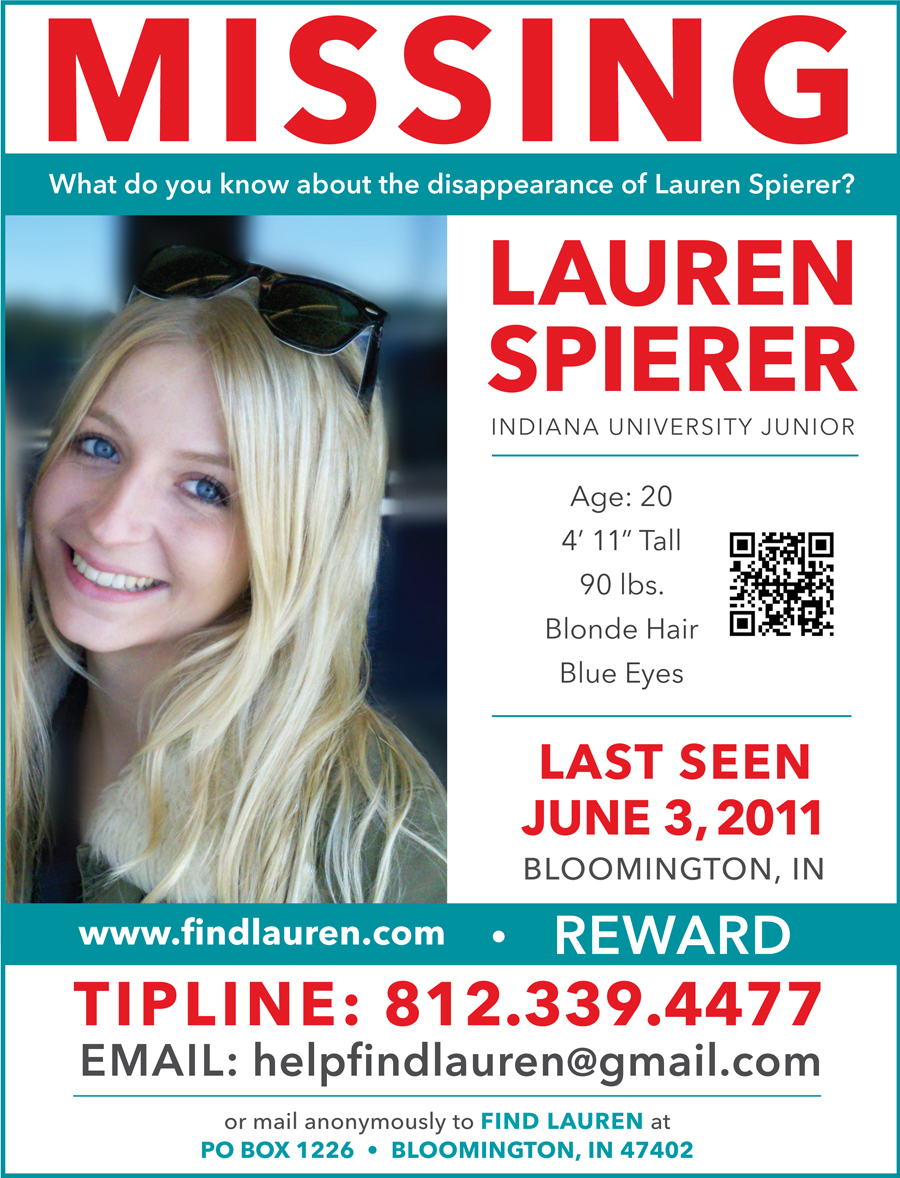



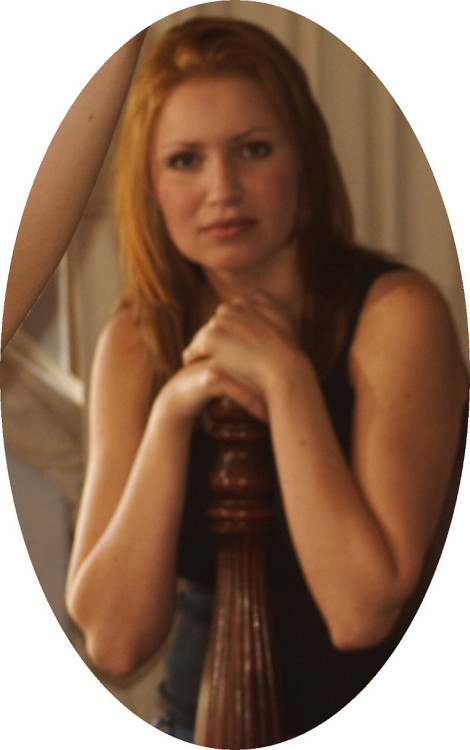
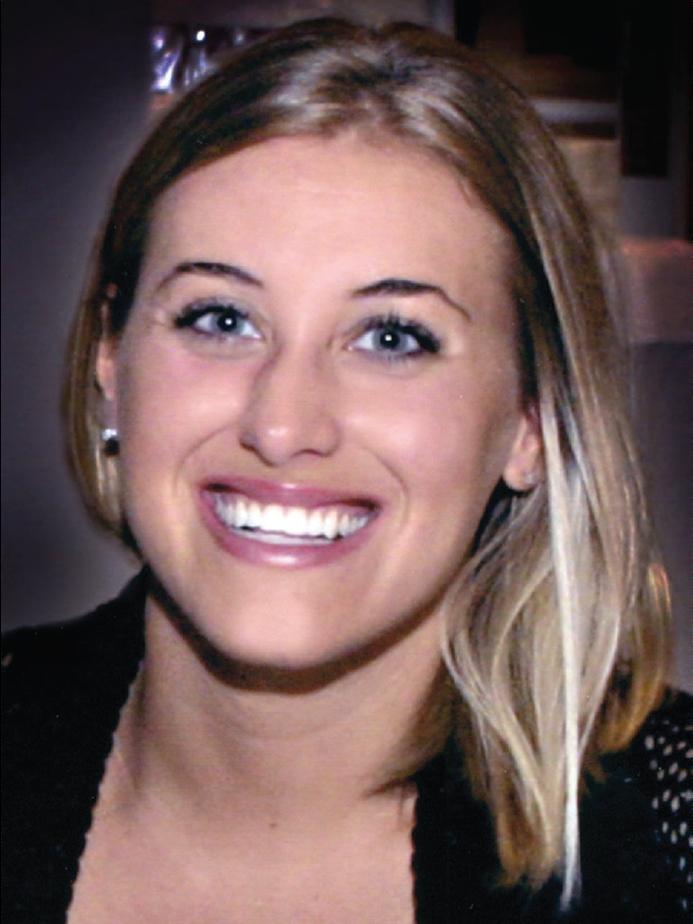












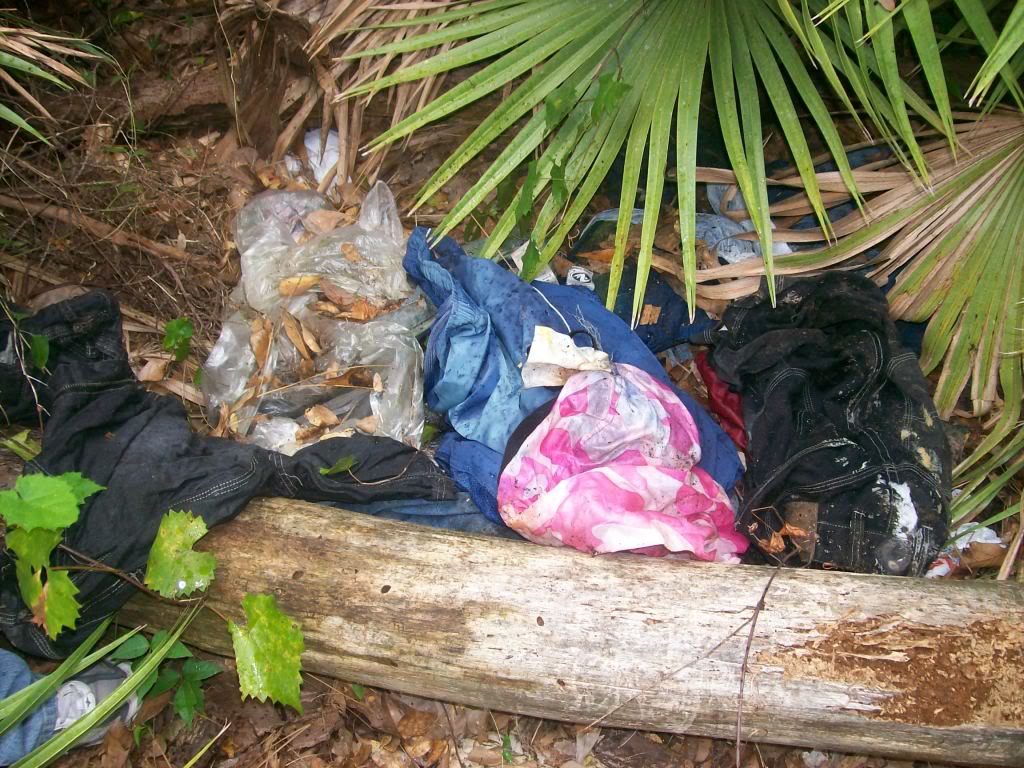

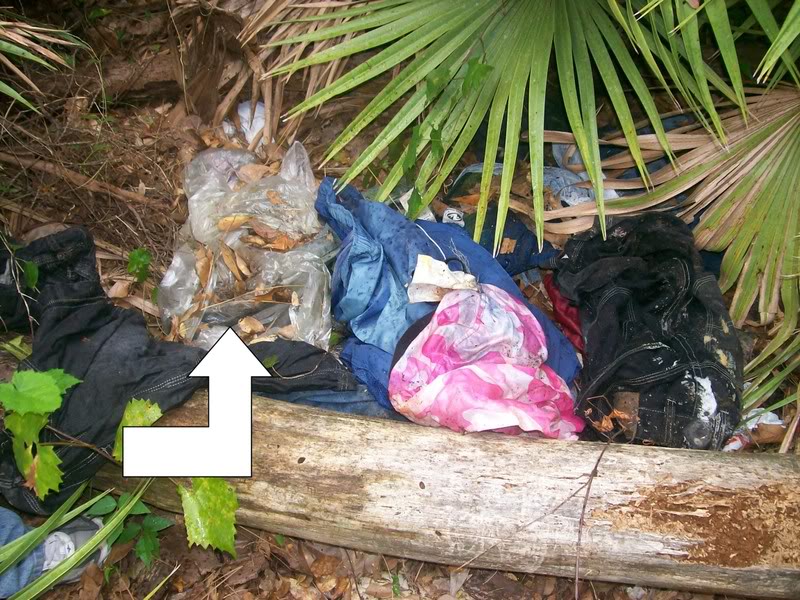

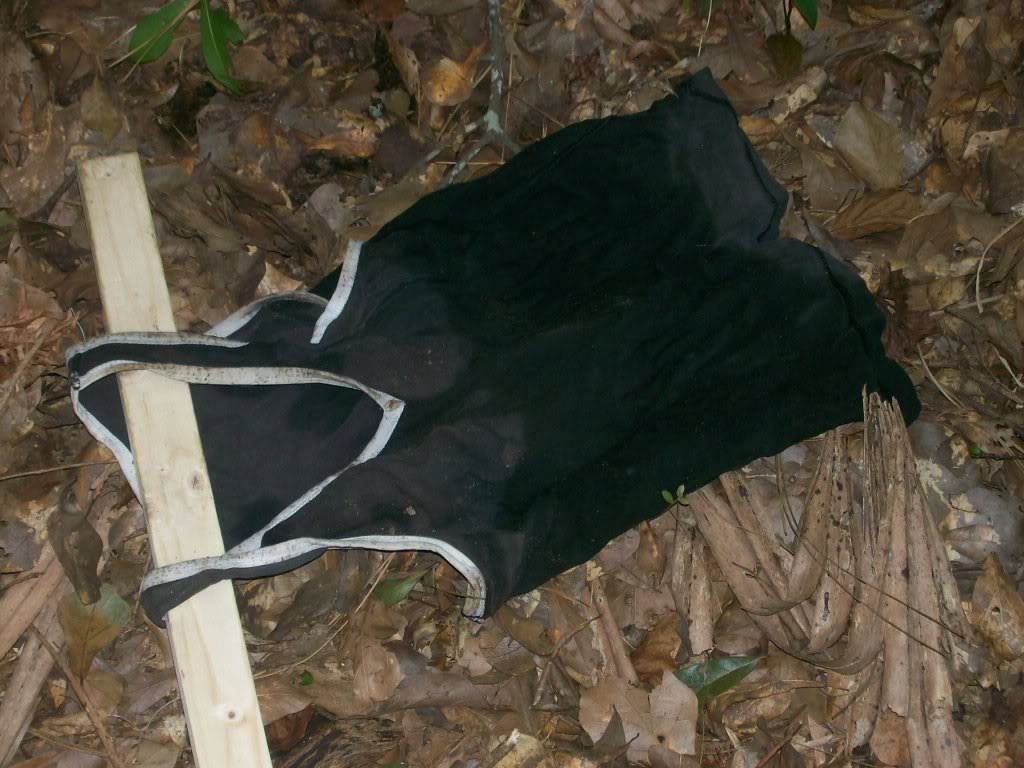
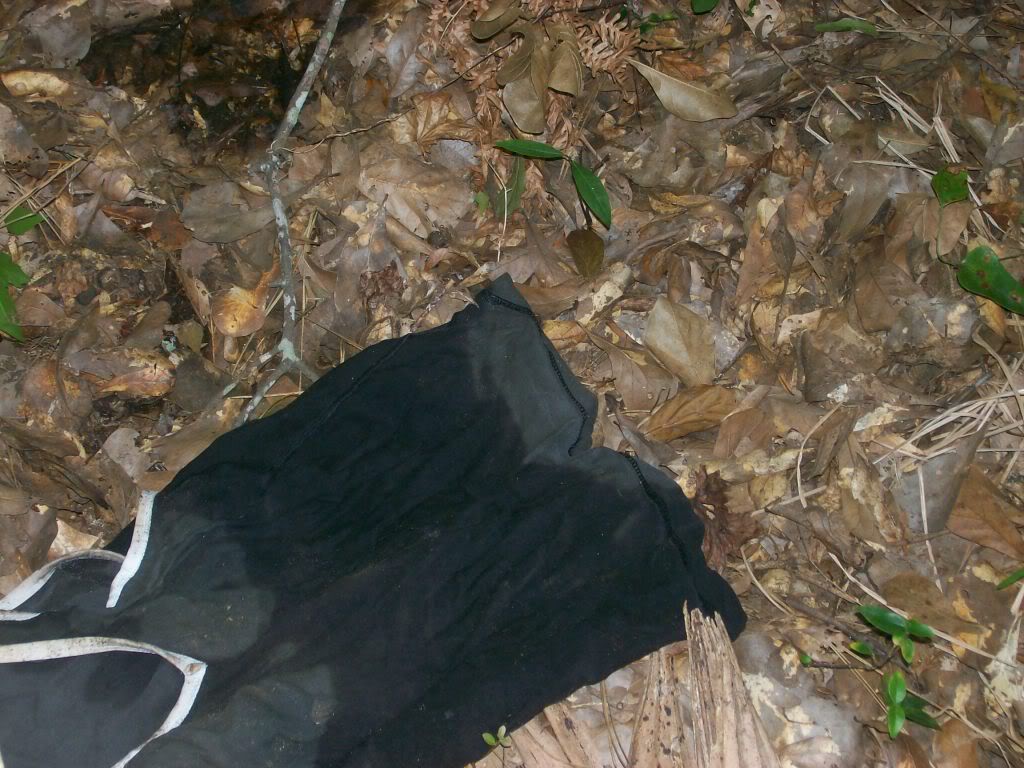

 LEGAL NOTICE
©David B. Knechel. All Rights Reserved. No portion of this site can be reproduced in it's entirety or in part without expressed written permission by the owner/administrator of this site in accordance with the Digital Millennium Copyright Act. Section 512(c)(3) of the U.S. Copyright Act, 17 U.S.C. §512(c)(3). The charges against defendants are mere accusations and the subjects are presumed innocent until found guilty in a court of law.
LEGAL NOTICE
©David B. Knechel. All Rights Reserved. No portion of this site can be reproduced in it's entirety or in part without expressed written permission by the owner/administrator of this site in accordance with the Digital Millennium Copyright Act. Section 512(c)(3) of the U.S. Copyright Act, 17 U.S.C. §512(c)(3). The charges against defendants are mere accusations and the subjects are presumed innocent until found guilty in a court of law.
